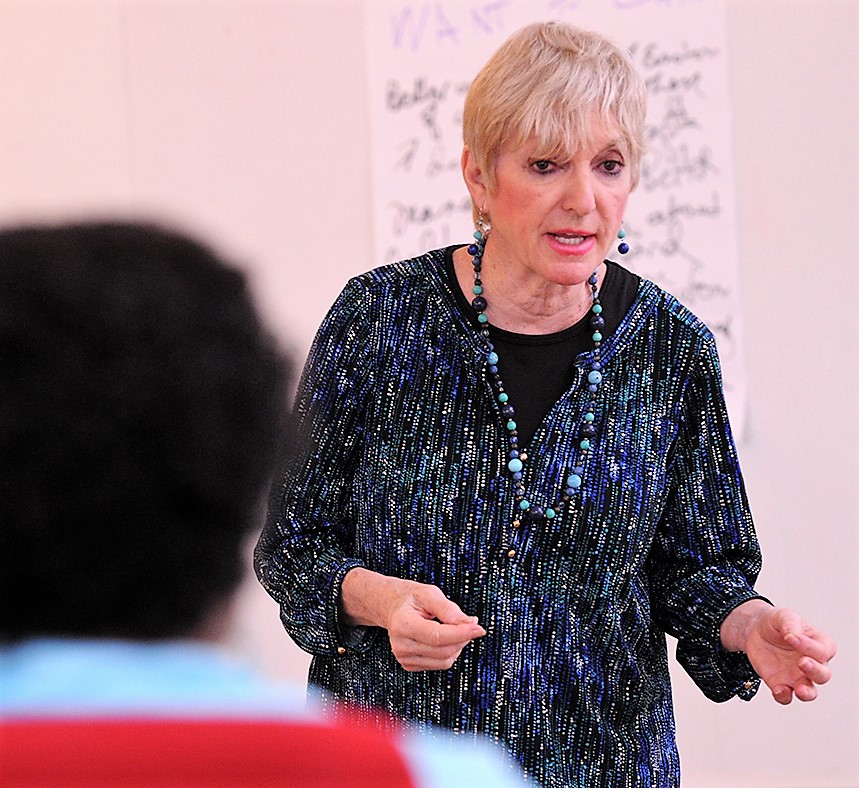The Emotional Intelligence and Diversity Institute was formed in 2004 to help individuals and organizations create emotionally healthy, productive environments where everyone's talents are used to the fullest. EIDI provides structure, education and materials that foster that development.
While human beings function on both rational and emotional levels, emotions are at the heart of our energy, commitment and motivation. Feelings are also fundamental in forming our reactions to the differences we see in others, whether we approach or avoid, like or dislike, accept or reject. The more we understand and manage our emotional responses, the more we enjoy greater comfort in relationships, effectiveness in interactions and peace within ourselves.
EIDI expands the traditional definition of Emotional Intelligence so that it is relevant in today’s diverse world. EID involves the ability to feel, understand, articulate, manage and apply the power of emotions to interactions across lines of difference.
Diversity, those aspects across which we interact, can be understood as the multiple dimensions in which there are both similar and different. Dealing with others across these lines of difference often triggers powerful responses that require emotional intelligence to manage. These dimensions are best depicted in the Four Layers of Diversity Model below.
While Emotional Intelligence is needed to function effectively anywhere, additional aspects are required in a world where we are bombarded daily with differences, in areas such as values, language, behaviors, preferences and norms. Whether these unfamiliar ways are intriguing or confusing, frustrating or delightful, desirable or disagreeable, they touch us at a feeling level and produce an emotional as well as an intellectual response. These emotional reactions lead to behaviors that can be effective or ineffective depending on our ability to deal effectively with our feelings.
The Emotional Intelligence and Diversity (EID) Model
Affirmative Introspection
A critical first step in developing the ability to deal with differences is an awareness of ourselves in order to understand our reactions to others. This involves a comfort with our own identity and an understanding of our values, passions, preferences and world view. Understanding ourselves helps us predict our own behavior and know why we are reacting and feeling a particular way. This insight is fundamental to managing our emotional reactions and behavior toward others.
• Knowing what makes me tick
• Being comfortable in my own skin
• Being in tune with my own biases and hot buttons
Self-Governance
Our emotions are a powerful source of energy and once we understand the whys behind our reactions, the next step is developing the ability to manage them. Self-Governance involves gaining mastery over the feelings that differences evoke by being able to deal with ambiguity, being flexible and adaptable in the face of change and taking charge of the mental self talk that goes on when we encounter challenging differences.
• Making ambiguity an ally
• Being my own change master
• Getting in charge of self-talk
Intercultural Literacy
In a diverse world, understanding and managing ourselves is not enough. We also need to understand others in order to figure out the reasons and meaning behind their behavior. This third aspect involves understanding others’ cultural rules, norms, and values. It also encompasses resisting the temptation to judge other’s behavior by our own standards and seeing the advantages and disadvantages of all cultural norms. This awareness and knowledge helps us to “read” the behavior of others more accurately so we can deal with them more effectively.
• Understanding cultural whys behind behavior
• Seeing the benefits and limitations of all norms
• Transcending my own perspective (empathy)
Social Architecting
The fourth component of EID focuses on developing the ability to consciously and intentionally structure our relationships and environments so that they are productive, fulfilling and satisfying for everyone. This arena of EID encompasses being able to serve as a cultural interpreter by helping others understand the different cultural norms and perspectives involved in situations. It also necessitates being able to resolve conflicts in ways that are mutually satisfying to all parties and creating welcoming, inclusive environments that allow the creative potential of diversity to be realized.
• Serving as a cultural interpreter
• Communicating effectively and resolving conflicts in diverse settings
• Structuring synergistic and compelling environments
.



